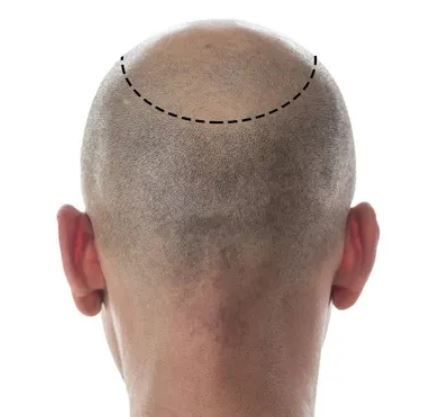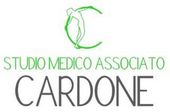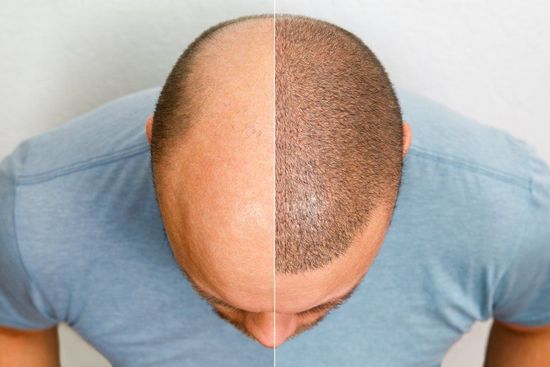Cutting-edge hair transplants in Bari
Definitive autotransplants with FUT and FUE techniques in Bari.
At Cardone Associated Medical Practice in Bari, autotransplants of hair are performed using FUT and FUE techniques. The methods differ depending on the technique used to harvest the follicular units. The FUT or STRIP FUT and FUE techniques are the two autotransplant techniques for hair adopted by Cardone Associated Medical Practice in Bari.

FUT technique
The FUT (Follicular Unit Transplantation) technique involves the removal of a strip of scalp (STRIP) from the donor area, which is then sutured without the need to shave the entire area.
The result of the STRIP removal is usually an extremely thin scar less than 1 millimetre wide, which can be concealed even under very short hair. This scar can be reused for further removals in subsequent procedures, remaining similarly thin.
Advantages and disadvantages of the FUE tecnique
Choosing between FUT and FUE depends on your needs, and the staff at Cardone Associated Medical Practice in Bari can assist you.
The FUE technique (Follicular Unit Extraction) is a hair autotransplant technique with direct removal of follicular units, used over 25 years ago by some German, Italian, and French surgeons as an evolution of the punch technique (the doll's tuft technique), soon abandoned in favour of the STRIP (FUT) technique, which provided much higher hair regrowth percentages.

The "issue" of scarring
It is also untrue that there is no scar because there are many, very small scars, each corresponding to each individual removal. All these small scars disrupt the anatomy of the donor area, so a second possible removal for a subsequent autotransplant will be more difficult, with even lower regrowth percentages and the possibility of patches of noticeable thinning formation in the donor area, visible with long hair due to the many small converging scars. The technique also requires the complete shaving of the donor area, which is often not appreciated by patients.
Would you like to undergo a hair transplant? Contact us to book a consultation










